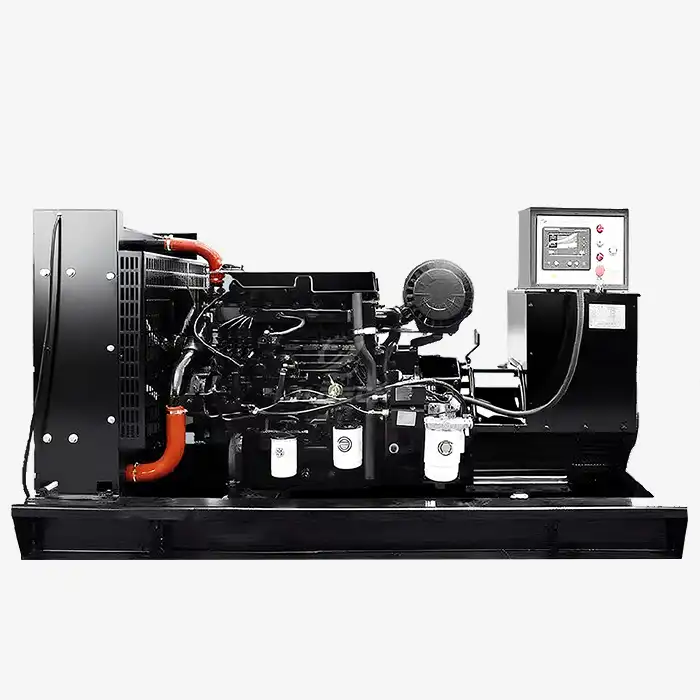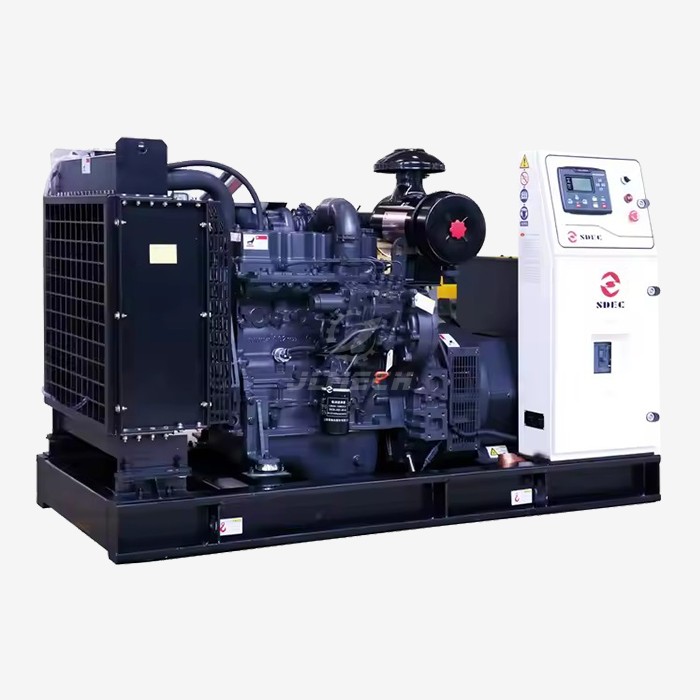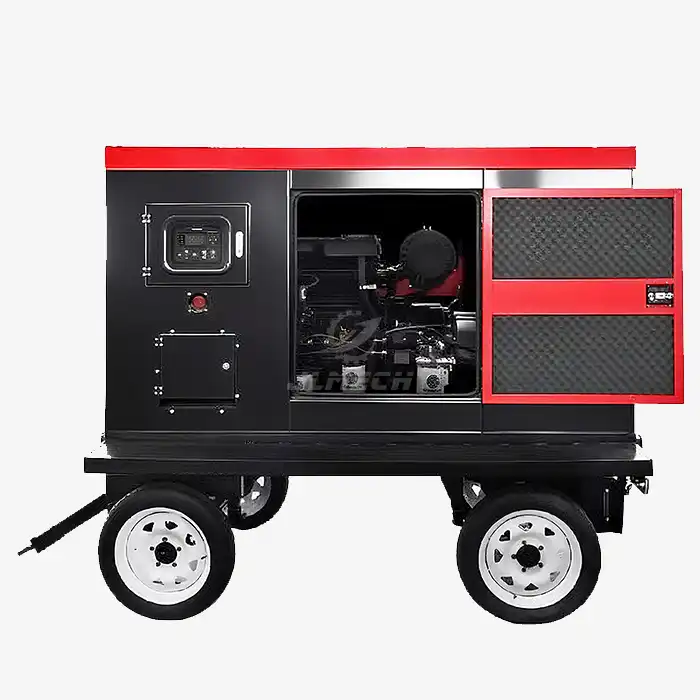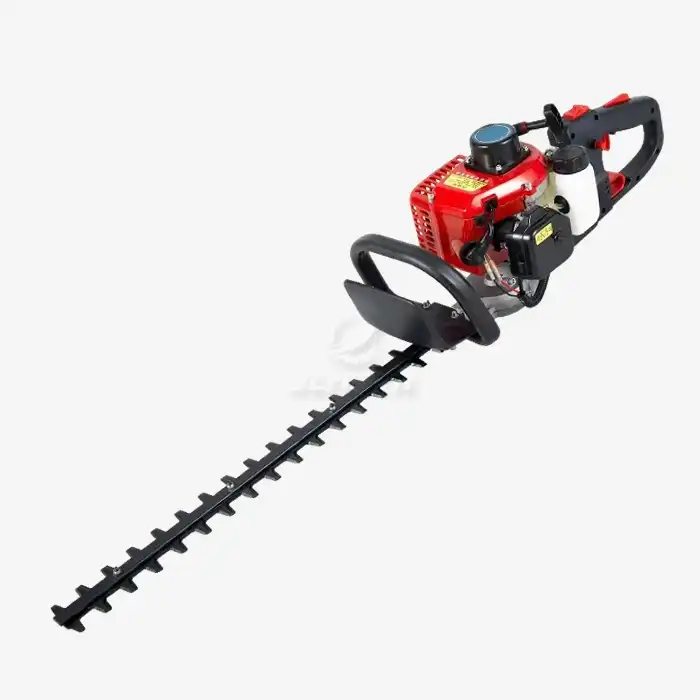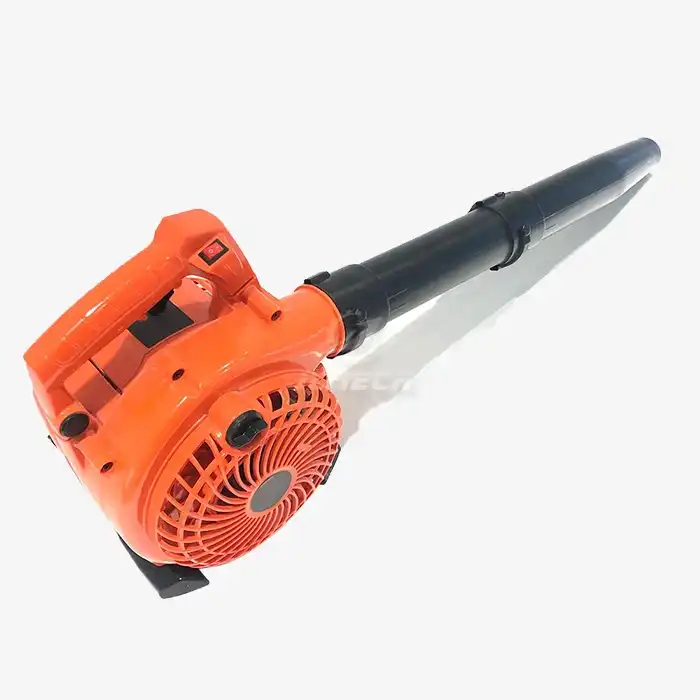What are the rules for generator exhaust pipes?
Proper installation of generator exhaust systems is governed by specific regulations and engineering standards that ensure safety, efficiency, and compliance. Understanding these rules is essential for anyone responsible for installing or maintaining industrial generator exhaust systems. These guidelines address critical aspects including emission control, noise reduction, thermal management, and safety clearances to protect both equipment and personnel while meeting regulatory requirements across different jurisdictions.

Safety Clearance Requirements
Maintaining proper distances is fundamental to exhaust system safety:
From Combustible Materials:
Minimum 36 inches from wooden structures and flammable materials
At least 24 inches from non-combustible walls and surfaces
Additional clearance required for insulated exhaust components
Consideration for heat radiation effects on adjacent materials
From Building Openings:
Minimum 10 feet from operable windows, doors, and fresh air intakes
3 feet above roof lines when penetrating building structures
Clearance from ventilation systems and air conditioning units
Distance from electrical conduits and communication lines
Access and Maintenance Space:
Adequate working space around all exhaust components
Accessibility for inspection and maintenance activities
Clearance for component replacement and repair
Space for thermal expansion and contraction
Material and Construction Standards
Specific materials and construction methods ensure durability and safety:
Approved Materials:
Schedule 40 black iron pipe for standard applications
Type 304 or 316 stainless steel for corrosive environments
Aluminized steel for cost-effective corrosion resistance
Certified flexible connectors for vibration isolation
Thickness Requirements:
Minimum 0.125 inch thickness for exhaust piping
Heavier gauges required for high-temperature applications
Appropriate wall thickness for pressure containment
Material certification for high-temperature service
Construction Specifications:
Continuous welded seams for pressure integrity
Smooth internal surfaces to minimize backpressure
Properly supported with appropriate hanger spacing
Expansion joints for thermal movement accommodation
Emission and Environmental Compliance
Meeting environmental regulations is mandatory for all installations:
Emission Control Requirements:
EPA Tier 4 compliance for nitrogen oxide (NOx) emissions
Particulate matter filtration requirements
Carbon monoxide emission limits
Regular emission testing and reporting
Noise Level Restrictions:
Maximum 65 dBA at property boundaries
85 dBA maximum at operator positions
Community noise ordinances compliance
Acoustic engineering certification
Dispersion Requirements:
Minimum stack height calculations based on building dimensions
Atmospheric dispersion modeling for large installations
Wind pattern considerations for exhaust direction
Adjacent structure height considerations
Well-designed industrial generator exhaust systems must balance performance requirements with stringent environmental protection standards.
Installation Best Practices
Proper installation techniques ensure long-term reliability:
Slope and Drainage:
Minimum 1/4 inch per foot slope toward the engine
Drain legs at low points to remove condensate
Avoid water traps in piping layout
Proper drainage away from equipment and structures
Support and Bracing:
Support every 10 feet of horizontal piping
Spring hangers for thermal movement accommodation
Adequate bracing for vertical pipe sections
Vibration isolation for building connections
Penetration Requirements:
Fire-rated thimbles for wall and roof penetrations
Weatherproof flashing for roof penetrations
Thermal clearance around penetration openings
Expansion clearance for pipe movement
Connection Methods:
V-band clamps for secure, leak-free connections
High-temperature gasket materials
Proper torque specifications for all fasteners
Alignment checks before final tightening
Maintenance and Inspection Protocols
Regular maintenance ensures continued compliance and safety:
Inspection Schedule:
Weekly visual inspections for leaks and damage
Monthly checks of all supports and hangers
Quarterly emission system inspections
Annual comprehensive system evaluation
Testing Requirements:
Annual backpressure measurement
Regular emission testing as required by permit
Noise level verification
Thermal imaging for heat management assessment
Documentation:
Maintain installation records and drawings
Keep inspection and maintenance logs
Document all modifications and repairs
Retain compliance test results
Proper maintenance of industrial generator exhaust systems not only ensures regulatory compliance but also extends equipment life and maintains performance efficiency.
Common Compliance Issues
Understanding frequent violations helps prevent costly penalties:
Insufficient Clearances:
Most common violation: inadequate distance from combustibles
Improper termination near building openings
Insufficient maintenance access space
Inadequate thermal expansion accommodation
Material Deficiencies:
Use of unapproved materials for high-temperature service
Incorrect pipe thickness for application
Non-compliant flexible connectors
Substandard welding and fabrication
Emission Violations:
Exceeded opacity limits due to poor maintenance
Inadequate emission control equipment
Missing required monitoring systems
Failure to conduct required testing
Noise Complaints:
Inadequate acoustic treatment
Improper silencer selection
Vibration transmission to building structures
Community disturbance from poor planning
Conclusion
Adhering to the established rules for generator exhaust systems is essential for safe, efficient, and compliant operation. Proper design, installation, and maintenance of industrial generator exhaust systems ensure regulatory compliance, protect equipment investment, and maintain safe working conditions. Understanding these requirements helps prevent costly violations
References
National Fire Protection Association. (2023). NFPA 37: Standard for the Installation and Use of Stationary Combustion Engines and Gas Turbines. Quincy: NFPA.
Environmental Protection Agency. (2023). 40 CFR Part 60: Standards of Performance for Stationary Compression Ignition Internal Combustion Engines. Washington: EPA.
American Society of Mechanical Engineers. (2023). ASME B31.1: Power Piping Code. New York: ASME.
Johnson, M. (2022). Emergency Power Systems: A Comprehensive Guide to High-Speed Diesel Generators. Power Engineering Quarterly, 45(3), 78-92.



